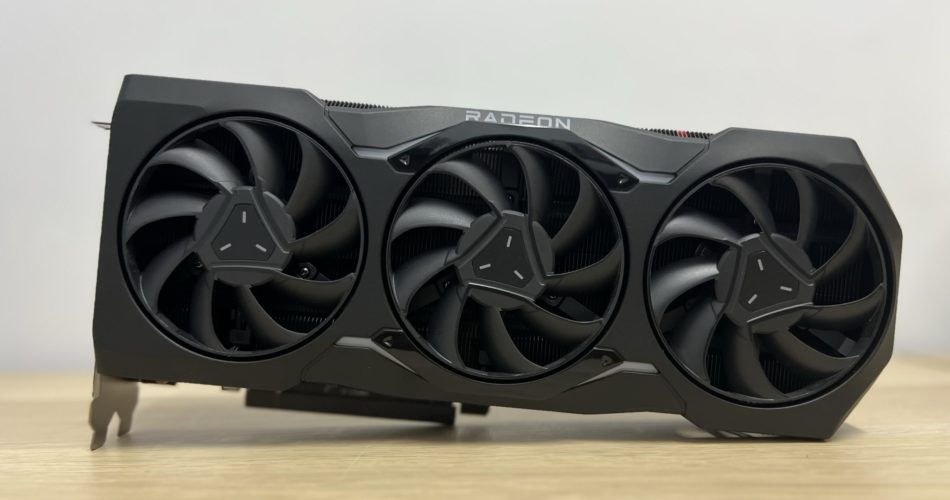The cryptocurrency crash of 2021 brought about a sea-change in retail prices for GPUs such as the Nvidia RTX 30-series and AMD Radeon RX 6000 GPUs resulting in much needed upgrades all-round throughout 2022. Even yours truly didn’t manage to escape the relatively lower GPU pricing afforded by the lack of crypto mining demand having upgraded not once but twice; thrice if you count this year’s 3080 Ti purchase.
But imagine the collective gasp when Nvidia announced the pricing of its next-generation 40-series card in September 2022. The range topping 4090 would have a price tag starting at USD 1,599 and everyone knew to expect a 10-20% uptick in pricing once the card and its sibling, the RTX 4080 (starting at USD 1,199) hit the streets late 2022.
RDNA 3
Nvidia’s announcement would be followed by AMD’s very own in November 2022 on its RDNA 3-architecture cards which feature an advanced AMD chiplet design with up to 96 new unified compute units, second-generation AMD Infinity Cache, and up to 24 GB of high-speed GDDR6 memory. According to AMD, RDNA 3 brings a performance uplift of 1.7X over the previous RDNA 2 architecture.
The first two RDA 3 cards are the Radeon RX 7900 XTX (starting from USD 999) and the Radeon RX 7900 XT (starting from USD 899). While the announcements from both Nvidia and AMD would indicate that flagship cards are now heading towards the pricing stratosphere, it’s telling that AMD’s flagship would be priced a whole lot lower than the 4090.
Early benchmarks indicated that the true competitor for the 7900 XTX would be the 4080. I’m been given the opportunity to check out both the 7900 XTX and the 7900 XT recently, and it was a pretty interesting experience comparing them with one of the more performance-oriented 30-series cards, the 3080 Ti.
7900 XTX and 7900 XT
The cards that were delivered to my doorstep were of the reference design and came packaged in AMD-branded boxes. The all-black stealthy look of the reference design reminded me of modern-day naval submarines like the Royal Navy’s Astute-class, and like the submarine, they do pack quite a punch.
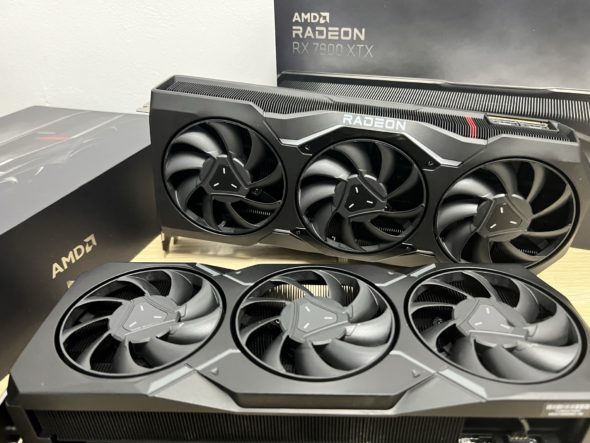
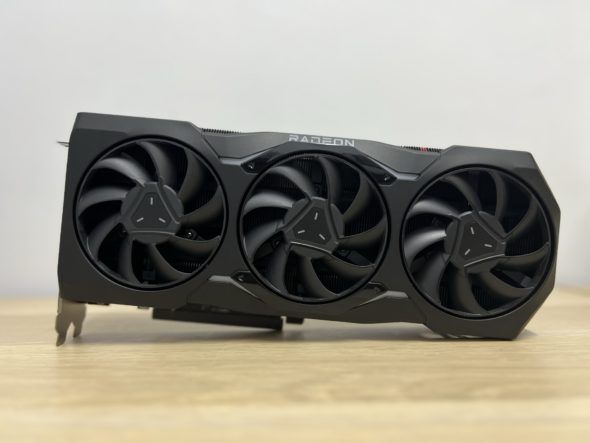
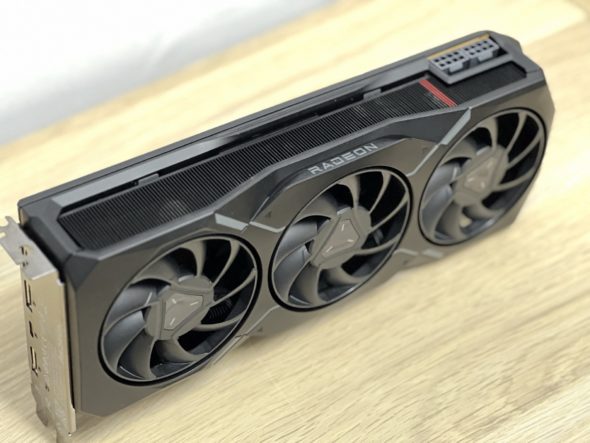
Feature Set Comparison
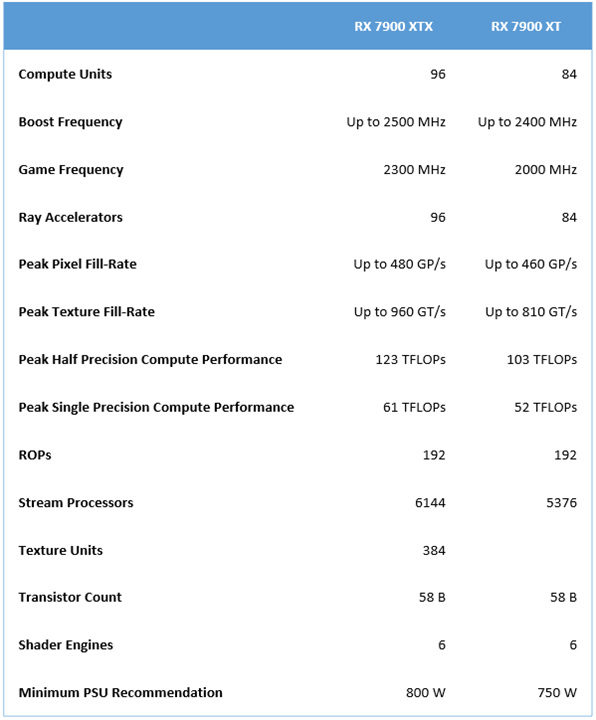
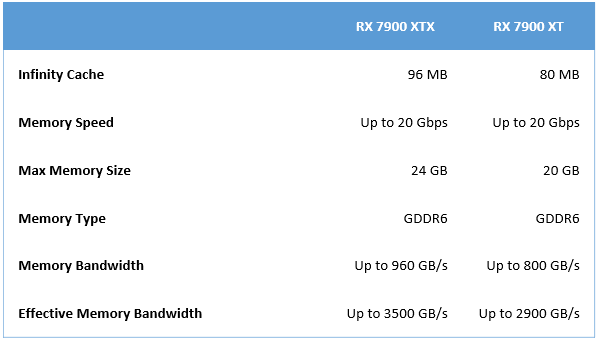
Test Bed
I didn’t really feel like utilizing my current gaming rig, Project 2023, as my test bed since the LIAN LI LANCOOL III casing is very heavy to lift and not to mention I’ve to go the trouble of removing the tempered glass covers before getting any work done. Since the two AMD cards are quite large, I decided to do away with Project 2021’s MATX casing and moved Project 2021’s motherboard to a two-decade old ATX casing from ENLIGHT that I used back in college.
The following are the Test Bed’s specs:
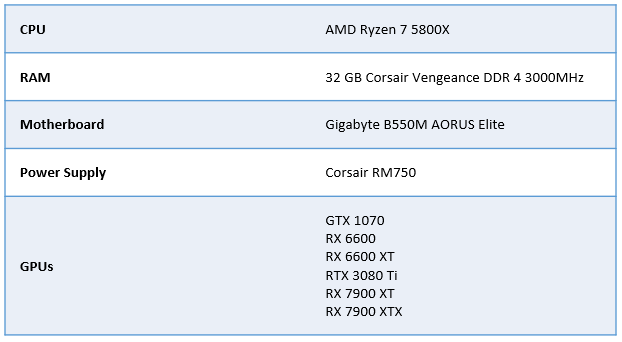
Synthetic Benchmarks
For synthetic benchmark testing, I used 3DMark and its suite of benchmarks with the first one being Time Spy. Time Spy is a DirectX 12 benchmark with native support for new API features like async compute, explicit multi-adapter and multi-threading. As expected, the RDNA 3 cards dominated the results.
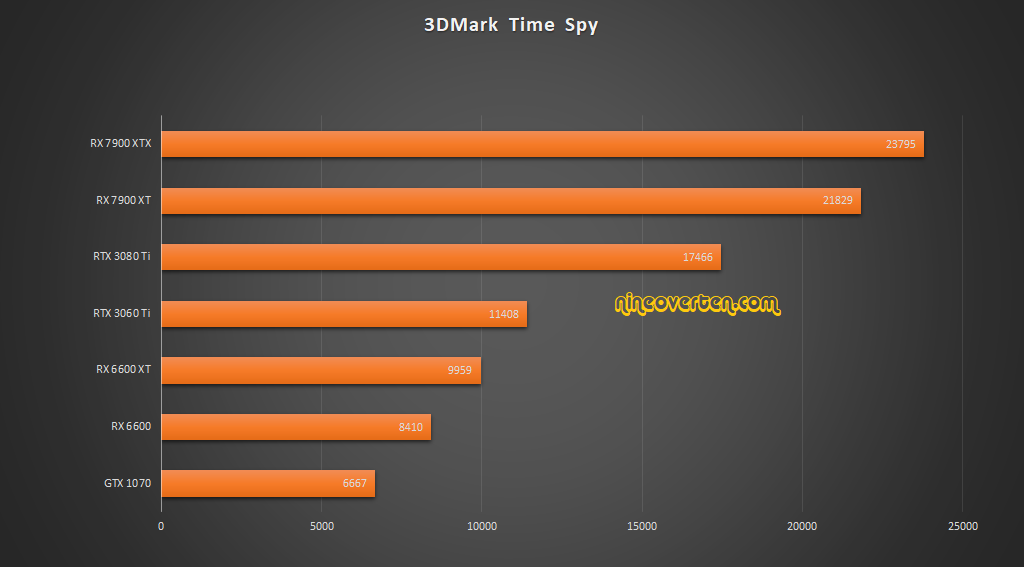
This is a prevailing trend across the different benchmarks available on 3D Mark. Fire Strike is a DirectX 11 benchmark for high-performance gaming PCs and overclocked systems, with its Fire Strike Ultra counterpart raising the rendering resolution to 4K UHD.
Port Royal is a ray-tracing performance benchmark, and Time Spy Extreme does the same as Time Spy, but in 4K UHD.
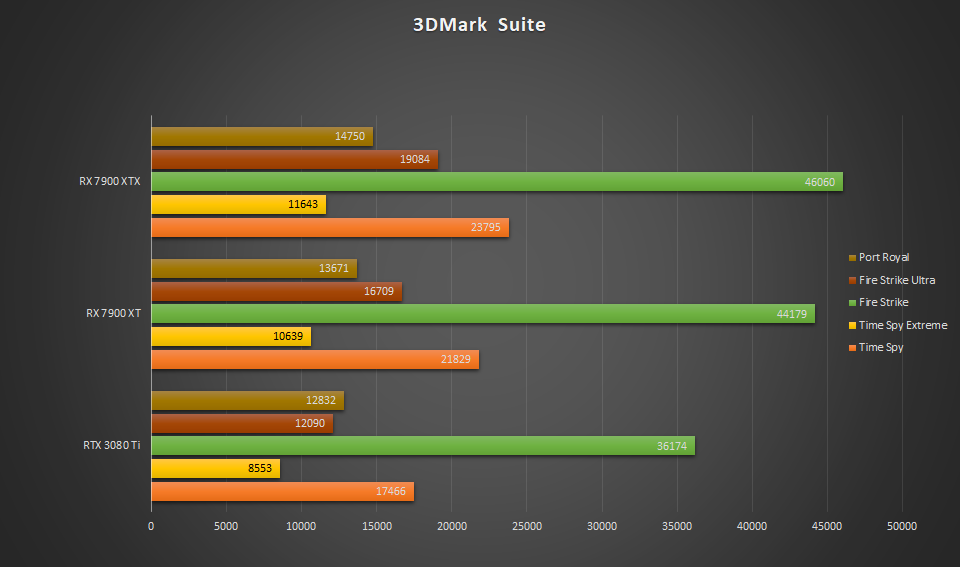
The RX 7900 XTX presents a 36% uptick in DirectX 12 performance and over Nvidia’s previous generation 3080 Ti while the RX 7900 XT has a 24% advantage over the Nvidia card. Ray-tracing performance on RDNA 3 is still considered inferior versus what Nvidia has to offer, and it is telling that both the XTX and XT have only a paltry 15% and 7% uptick in performance versus the 3080 Ti. However, like the Hulk, I take this as a win on the synthetic benchmark side of things for RDNA 3 cards.
Game Performance -Deus Ex: Mankind Divided
With both cards dominating the synthetic benchmarks, how do they fare in real-game performance? First up we have a CPU-bound game, Deus Ex: Mankind Divided. At Ultra presets, there’s nothing much separating the 3 cards, although curiously the 3080 Ti did show a dip in minimum FPS.
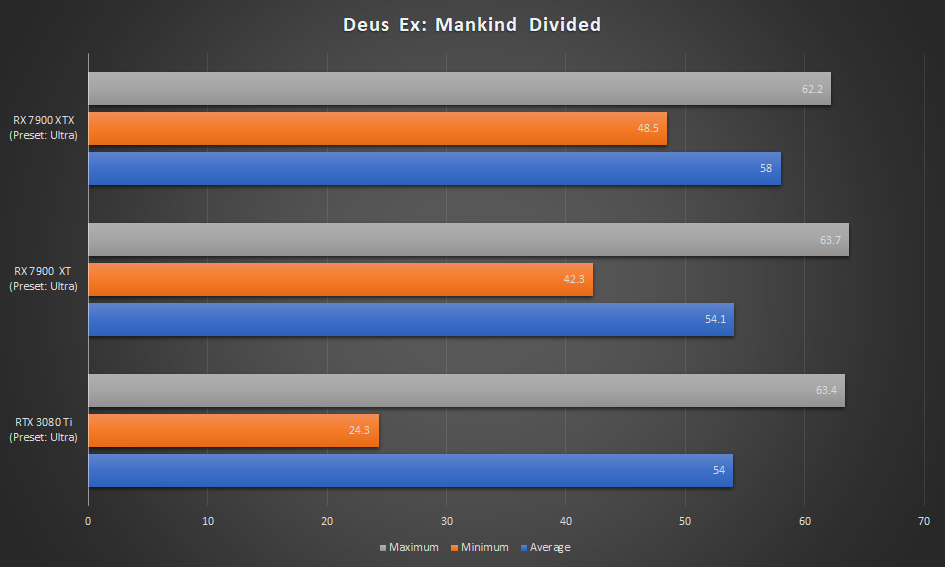
Game Performance – Forza Horizon 5
Next up is my favourite benchmark which loves a great GPU (or in this case GPUs), Forza Horizon 5. I’ve a fair bit of test data on this particular benchmark featuring several different cards. The preset I chose was Extreme. The XTX takes a very convincing lead in this benchmark, with the XT being second best, leaving the 3080 Ti in the dust.
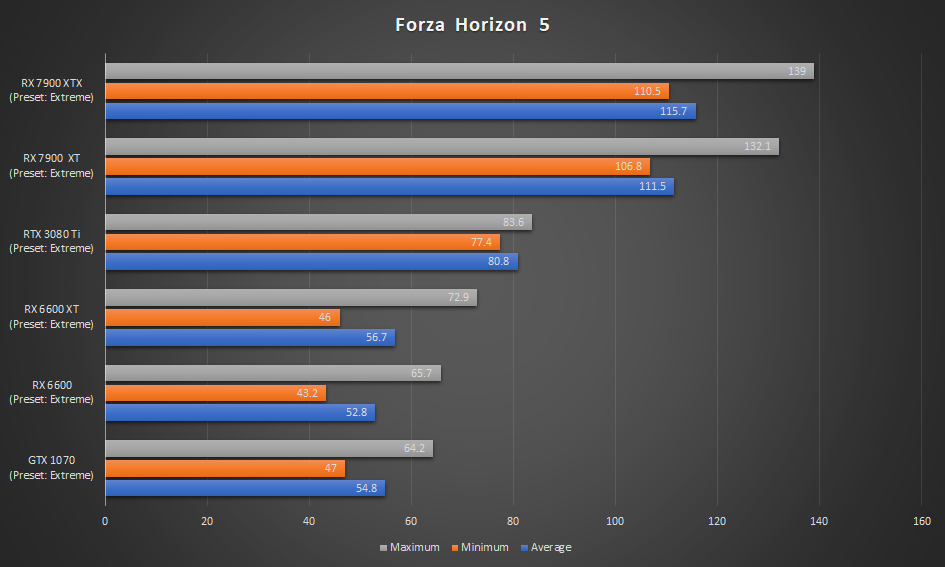
Gaming Screenshots
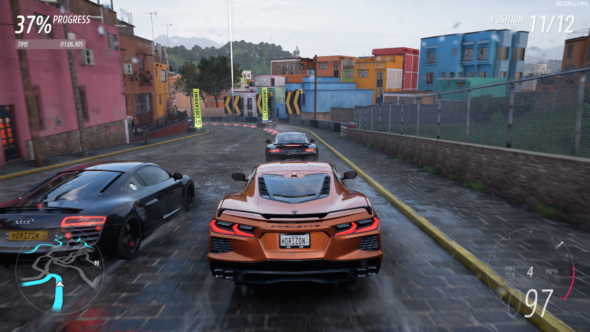
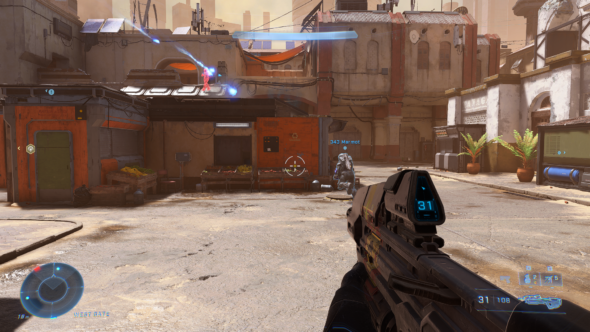
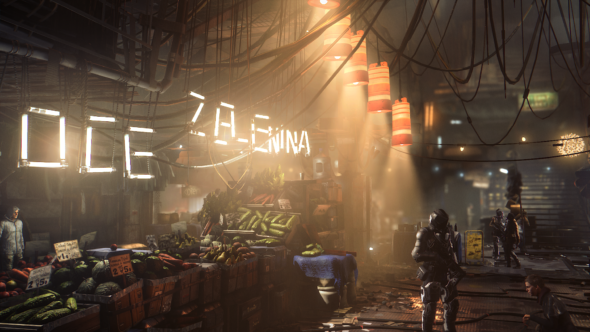
Conclusions
Both cards are awesome upgrades to a high-end gaming build and present a leg-up over the previous generation, with both offering new levels of maximum, minimum and average FPS in games that are GPU-bound. However, one should be aware that the value proposition for both cards differ on two ends of the scale.
The RX 7900 XTX aims to provide RTX 4080-beating performance with similar pricing and consuming a relatively low 355 watts. I’ve not measured this myself, but coverage on other sites indicate that the RX 7900 XTX rips the RTX 4080 apart on both 1440p and 4K gaming.
On the other hand, the RX 7900 XT is considered “budget” premium option over the previous generation while giving the RTX 4070 Ti a run for its money. The RX 7900 XT does feature a lot more VRAM than its class competitor, making it technically the more “future-proof” option.
Since you can’t go wrong with either card, my suggestion would be to go with the best that your budget can afford.

